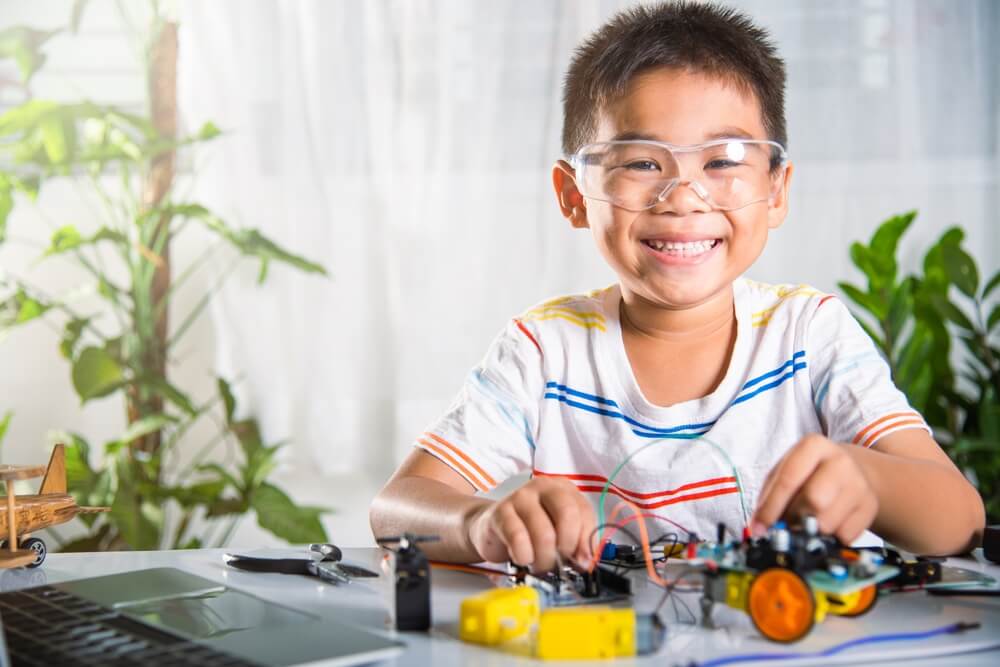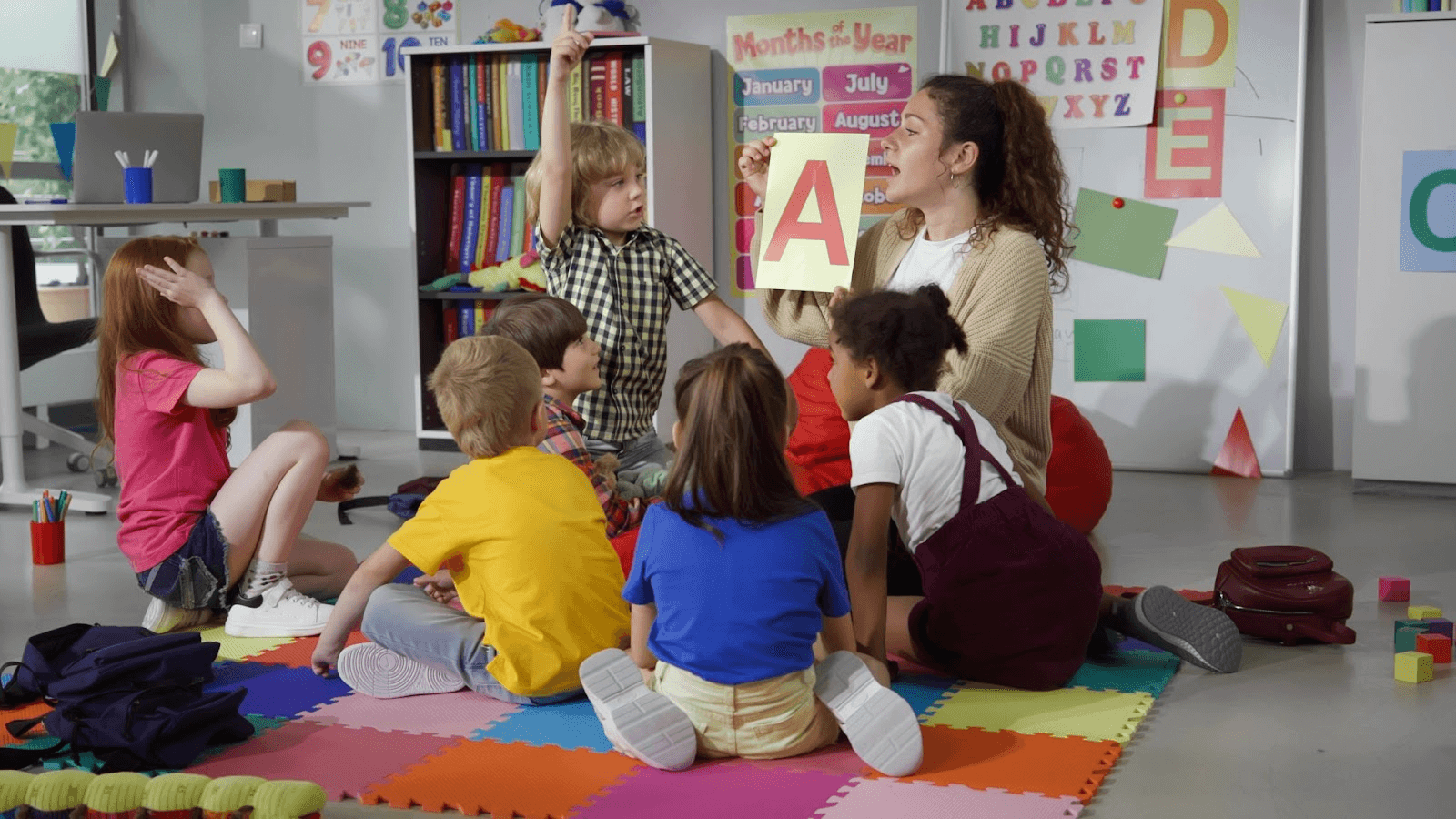In the 21st century, traditional education paradigms rapidly evolve, making way for innovative and integrative learning models.
One such model that has garnered attention globally is STEAM education.
But what is steam education and why is it important? Let’s get into the world of STEAM education to answer these questions and more.
What is STEAM Education?
STEAM stands for Science, Technology, Engineering, Arts, and Mathematics. It’s an educational approach that uses a comprehensive, interdisciplinary method to teach these core subjects in a cohesive, real-world context.
Here, arts are not merely an add-on, but a crucial component that encourages creativity, critical thinking, and problem-solving, right alongside technical proficiency.

Why is STEAM education important?
Primarily, STEAM learning ingrains highly sought-after skills in today’s evolving job market.
Furthermore, it helps students understand the interconnectedness of different disciplines, nurtures their creative thinking, and fosters the ability to collaborate and communicate effectively.
STEAM curriculum education offers a well-rounded learning experience that prepares students for real-world challenges by integrating arts with technical subjects.
STEM vs. STEAM
You might ask how STEAM stands apart from the widely recognized STEM model.
The answer lies in the addition of ‘Arts’. While STEM emphasizes hard skills, STEAM integrates arts into the equation to bring creativity, flexibility, and adaptability, promoting a balance of technical proficiency and innovative thinking.

The STEAM Education Model
At its core, the STEAM school education model is project-based and encourages students to learn by doing, relating every concept they learn back to the real world.
The model emphasizes collaboration, allowing students to collaborate on projects that often blend different disciplines. Thus it makes the entire learning process more engaging, effective, and relevant to the learners’ experiences and future.
Examples of STEAM Activities
Different STEAM program activities cater to various age groups and subject combinations.
Here are some examples:
- Robotics: Combines engineering, technology, and programming skills to design and build robots, fostering creativity, logical thinking, and problem-solving.
- 3D Modeling and Printing: Encourages innovative thinking by learning design principles, mathematics, and technology.
- Environmental projects: Encourages students to explore their local ecosystem, understand scientific concepts, and find creative solutions to protect and preserve the environment.
- Digital storytelling: Fuses art, technology, and creative writing to craft compelling multimedia narratives.
- Coding and game design: Merges programming, mathematics, and creative thinking to develop interactive games and applications.
How STEAM Connects Students to Their Community
STEAM schools education bridges the gap between students and their communities by encouraging interdisciplinary and real-world thinking.
Local challenges and scenarios become relevant teaching aids, where students collaborate to develop creative solutions. For example, service-learning projects within the community can be STEAM-based, from building energy-efficient structures to creating digital media campaigns.
Additionally, partnerships between educational institutions and businesses create opportunities for internships and mentorship, strengthening connections between academia and the community at large.
The Future of STEAM Education
The future of STEAM education lies in its constant evolution and alignment with the emerging needs of the job market, integrating new technologies and focusing on cross-disciplinary skills.
As the demand for flexible, creative, and technically savvy professionals grows, individualized and adaptive learning methodologies within the STEAM framework will become more prevalent.
Virtual reality, artificial intelligence, and machine learning are only a few of the many technologies set to transform the future of STEAM education.

Cultivating Future Innovators through STEAM Education
In conclusion, STEAM class is an essential tool to prepare today’s learners for the dynamic world they will eventually shape. Programs like the one at Growing Minds Academy have adopted the STEAM concepts, better-equipping students with the necessary skills and knowledge to become the innovators and leaders of tomorrow. By embracing the STEAM education program, schools will empower students to thrive in a rapidly changing, interconnected world primed to make a meaningful impact. Contact Growing Minds Academy today!



